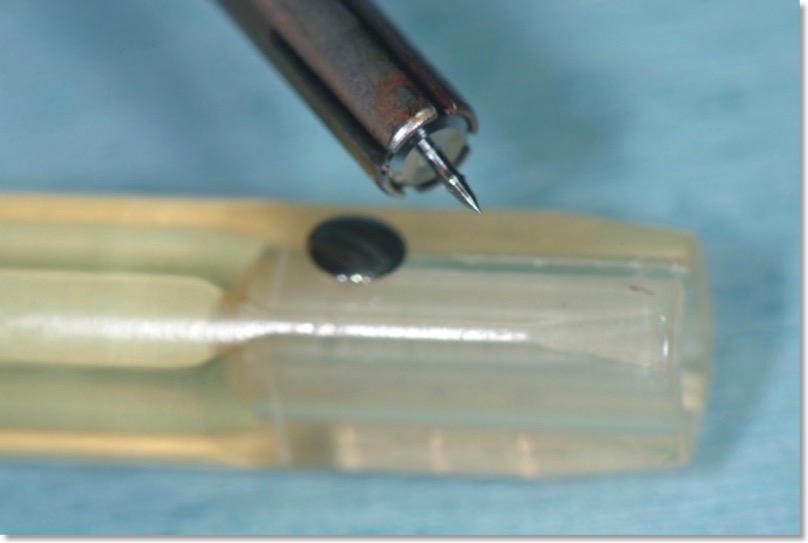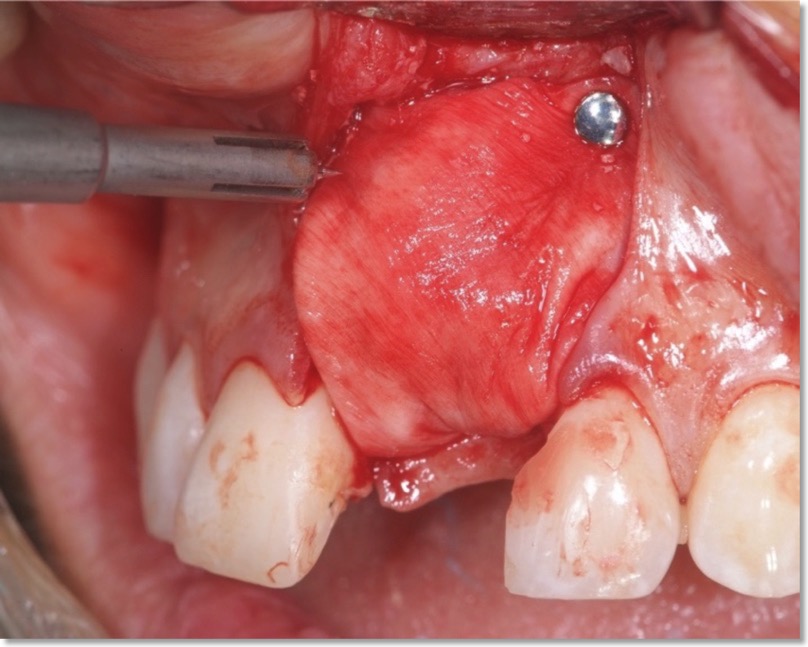Guided Bone Regeneration - Fact or Fiction?

Guided Bone Regeneration challenges the body's healing capacity. For predictable outcomes, meticulous technique, and inclusion of autogenous bone is considered to be the most predictable way forward.
GBR, even though it is widely used and heavily promoted by manufacturers of biomaterials, is an advanced surgical technique (Buser). A myriad of biomaterials and membranes are available on the market. No wonder there is some confusion about the most effective materials and techniques.
Recent data (from systematic reviews, Milinkovic I, Cordaro L, Int J Oral Maxillofac Surg. 2014 ) is quite confounding as there is vast variation in technique, membranes, and particulate biomaterials. It confirms that technique is important.
It is worth remembering that GBR falls into the category of gap healing, as opposed to autogenous block grafts, which heal by contact healing and are therefore quicker to form viable bony tissue. The latest module at PID-Academy included a day of interactive seminars and practical sessions in order to acquaint participants with this technique.

Above: Use of titanium tacks (Frios - Dentsply), to secure a collagen membrane over an implant. This is used to contain a particulate biomaterial with merely osteoconductive properties - lacking osteogenic and osteoinductive properties, in comparison to autogenous bone.
Recent data (from systematic reviews, Milinkovic I, Cordaro L, Int J Oral Maxillofac Surg. 2014 ) is quite confounding as there is vast variation in technique, membranes, and particulate biomaterials. It confirms that technique is important.
It is worth remembering that GBR falls into the category of gap healing, as opposed to autogenous block grafts, which heal by contact healing and are therefore quicker to form viable bony tissue. The latest module at PID-Academy included a day of interactive seminars and practical sessions in order to acquaint participants with this technique.

Above: Use of titanium tacks (Frios - Dentsply), to secure a collagen membrane over an implant. This is used to contain a particulate biomaterial with merely osteoconductive properties - lacking osteogenic and osteoinductive properties, in comparison to autogenous bone.
blog comments powered by Disqus
